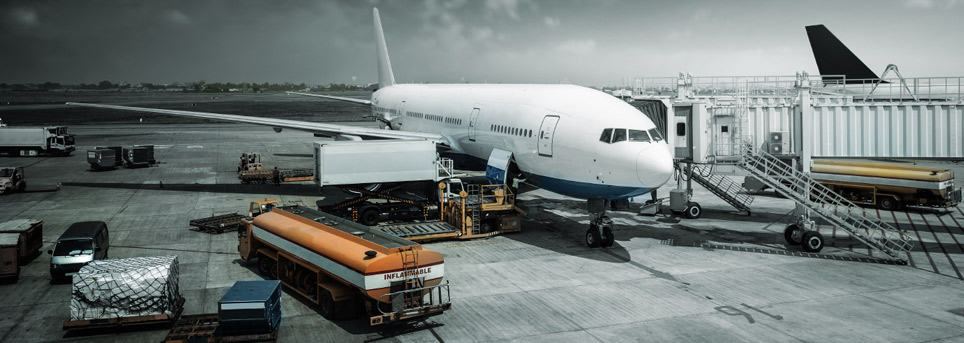The Challenge
For Cardiff Airport, AiQ were asked to support the terminal masterplan extension, by providing design input at concept and scheme design stage for all external areas and interfaces; including apron, aircraft parking and movement areas, and all landside surface access and forecourt elements. Contributing to this development included supplying operational information, consultation and stakeholder engagement throughout, whilst ensuring that the client kept to budget during the investment. The outcome also had to provide flexibility and efficiency for passenger flow and the capacity for growth.
The Solution
Through our experience with other low cost and regional airports, and stakeholders within the aviation industry, we were able to provide concept development through to production design for all required areas.
For all landside surface access and forecourt elements of the airport, including medium and short stay parking, staff parking, passenger access to the terminal, hire car access, cargo access and passenger coaching access, we were able to improve the passenger travel experience, enhance security and ensure ASIAD compliance. Using our knowledge, experience and database of operational information, as well as our bespoke modelling simulation tool, we were able to plan the most efficient layout for the landside areas, ensuring a smooth flow of traffic and increased punctuality.
We also developed and designed the airside coaching facility and aircraft parking provisions, and airside temporary baggage reclaim facility; to enable capacity increases while the terminal was in the process of development, to the added benefit of the client.
The Benefit
AiQ provided maximum efficiency for the client at minimal cost whilst ensuring flexibility for future growth and capacity. We also enabled the airport to increase revenue with a pay to drop product and discouraged fly parking.
We created cost efficient processes by focusing on the needs at base level – this created an enhanced, efficient passenger experience throughout the airport, with security requirements achieved. This was without the need for large investment both during the recent development and in terms of future capacity.
- Investment within a budget
- Prevented unnecessary investment costs
- Resource utilisation increased
- Stakeholders acceptance
- Improved passenger customer service and airport experience
- Guaranteed long-term utilisation
- Use of data and simulation to provide effective capacity planning
- Efficient communications and decisive management
- Integrated approach

